Street art has evolved from underground rebellion to a mainstream cultural phenomenon, transforming ordinary walls into outdoor galleries that tell stories of communities, politics, and pure artistic expression. Cities around the world have embraced this vibrant art form, creating designated spaces for artists while allowing organic growth in unexpected corners. The best street art scenes combine legal walls with guerrilla pieces, established artists with emerging talent, and local culture with international influences.
Street art enthusiasts know that some cities stand head and shoulders above the rest when it comes to incredible murals, graffiti, and urban installations. Here is a list of 19 cities that have cultivated truly remarkable street art scenes.
Berlin
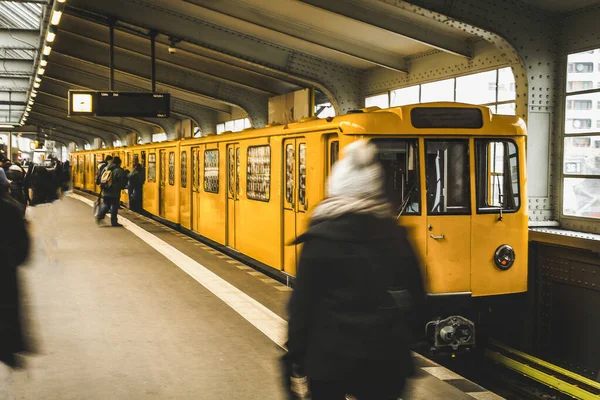
Berlin’s street art scene carries the weight of history while pushing creative boundaries into the future. The fall of the Berlin Wall in 1989 created both literal and metaphorical blank canvases that artists quickly claimed as their own. Today, neighborhoods like Kreuzberg and Friedrichshain pulse with colorful murals that range from political statements to abstract masterpieces.
The city’s relaxed attitude toward street art means you’ll find legal walls alongside spontaneous pieces, creating an ever-changing outdoor museum that reflects Berlin’s spirit of creative freedom.
Melbourne
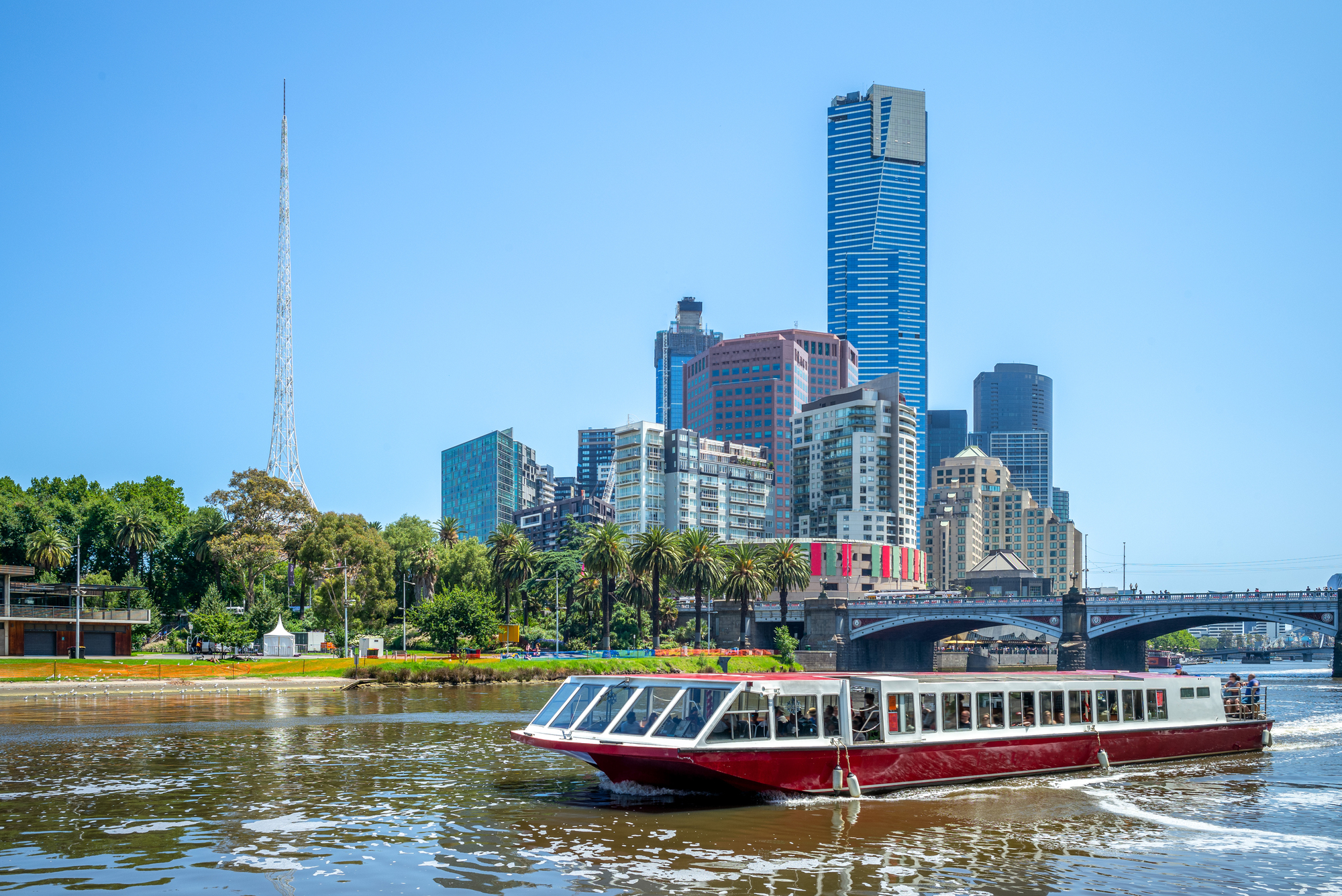
Melbourne treats street art like a precious cultural resource, and the results speak for themselves. Hosier Lane has become the city’s unofficial street art headquarters, where tourists and locals alike marvel at the constantly evolving wall space.
The city council supports street art through designated areas and regular festivals, which have attracted world-class artists from every continent. What makes Melbourne special is how the art integrates with daily life — you might discover a stunning piece while grabbing coffee or walking to work.
Like Travel Pug’s content? Follow us on MSN.
São Paulo
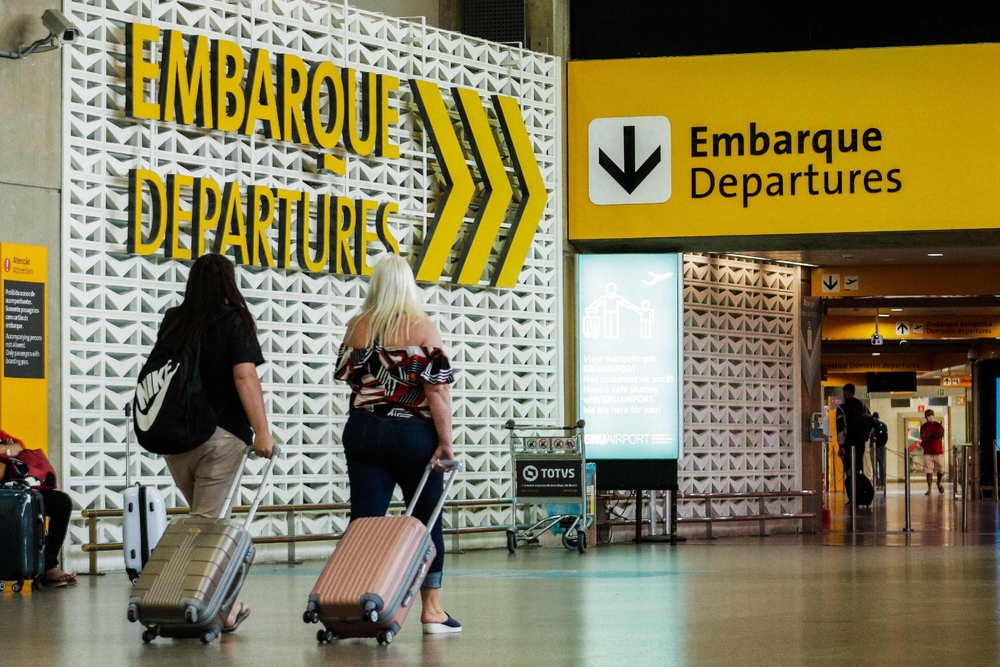
São Paulo’s street art scene explodes with the energy and complexity of South America’s largest city. The Beco do Batman (Batman Alley) showcases how a single street can become an international destination through pure artistic merit.
Brazilian artists like Os Gemeos have put the city on the global street art map, but countless local talents contribute to the visual symphony that covers buildings throughout the metropolitan area. The scale here is breathtaking — entire building sides serve as canvases for murals that can be seen from miles away.
Bristol
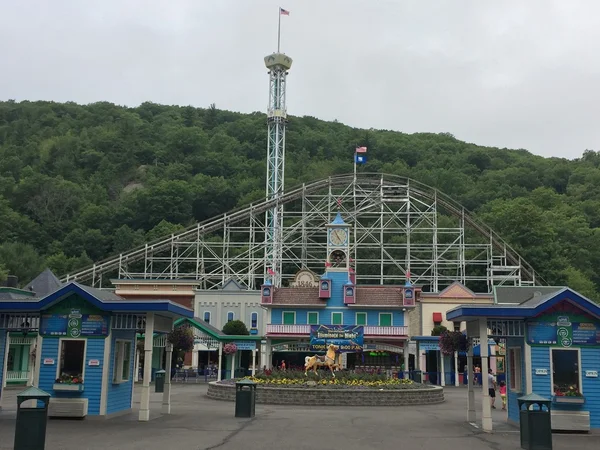
Bristol gave the world Banksy, and the city’s street art legacy continues to influence artists everywhere. The mysterious artist’s hometown maintains a thriving scene that goes far beyond one famous name, with areas like Stokes Croft serving as testing grounds for both established and emerging talent.
Bristol’s street art community feels tight-knit yet welcoming, with local festivals and events that celebrate the culture while encouraging new voices. The city’s industrial architecture provides perfect backdrops for large-scale works that command attention from blocks away.
Buenos Aires
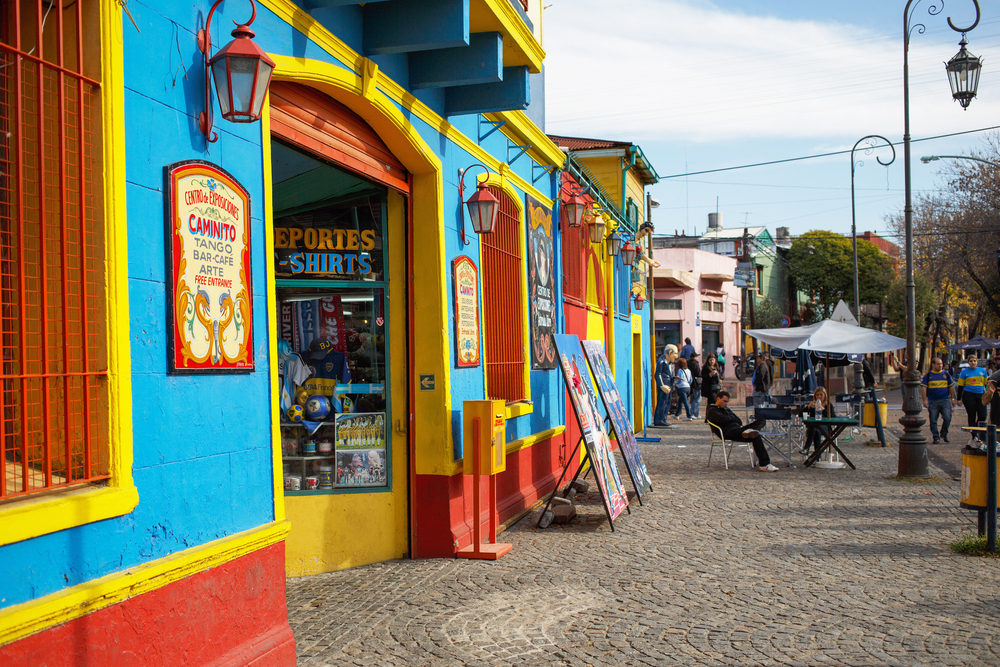
Buenos Aires transforms the concept of street art into a living, breathing extension of Argentine culture and history. Palermo and San Telmo neighborhoods showcase murals that tackle everything from political commentary to tango-inspired imagery.
The city’s tumultuous past has created a population that understands art as a form of resistance and expression, making street art feel essential rather than decorative. Walking through Buenos Aires feels like flipping through a massive graphic novel where each block reveals new chapters of the city’s ongoing story.
Like Travel Pug’s content? Follow us on MSN.
London
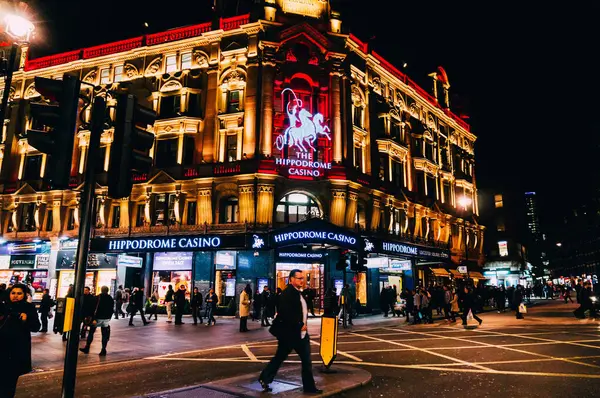
London’s street art scene spans from the famous works in Shoreditch to hidden gems tucked away in unexpected corners of the sprawling metropolis. Brick Lane and the surrounding East End have become pilgrimage sites for street art fans, but the real magic happens when you stumble upon incredible pieces in neighborhoods where tourists rarely venture.
The city’s diverse population means the art reflects countless cultural influences, creating a visual dialogue between communities that might otherwise never intersect. London proves that street art thrives in cities where different worlds collide and creativity emerges from the friction.
New York City

New York City’s street art scene carries the DNA of hip-hop culture and continues to evolve in neighborhoods from the Bronx to Brooklyn. The Bushwick Collective has created a concentrated showcase of incredible talent, while the city’s subway system still serves as inspiration for artists who remember when trains were moving galleries.
What sets New York apart is the sheer competition, with so many artists vying for attention, only the most compelling work survives long enough to make an impact. The city’s fast pace means pieces appear and disappear quickly, creating a sense of urgency that keeps the scene fresh and dynamic.
Barcelona

Barcelona blends street art with architectural beauty in ways that feel both natural and surprising. The Gothic Quarter and El Raval neighborhoods host murals that complement centuries-old buildings without overwhelming their historic character.
Spanish artists have developed distinctive styles that incorporate elements of Catalonian culture while remaining accessible to international audiences. The city’s year-round pleasant weather means artists can work outdoors consistently, contributing to a scene that feels more developed and polished than cities where weather limits creative seasons.
Like Travel Pug’s content? Follow us on MSN.
Paris

Paris has embraced street art as part of its ongoing artistic evolution, proving that even the most traditional art capitals can welcome new forms of expression. The Belleville and Ménilmontant areas showcase how street art can revitalize neighborhoods while respecting their existing character. French artists often incorporate literary and philosophical elements into their work, creating pieces that reward careful observation and contemplation.
The contrast between classic Parisian architecture and contemporary street art creates visual conversations that highlight both the city’s history and its dynamic present.
Los Angeles
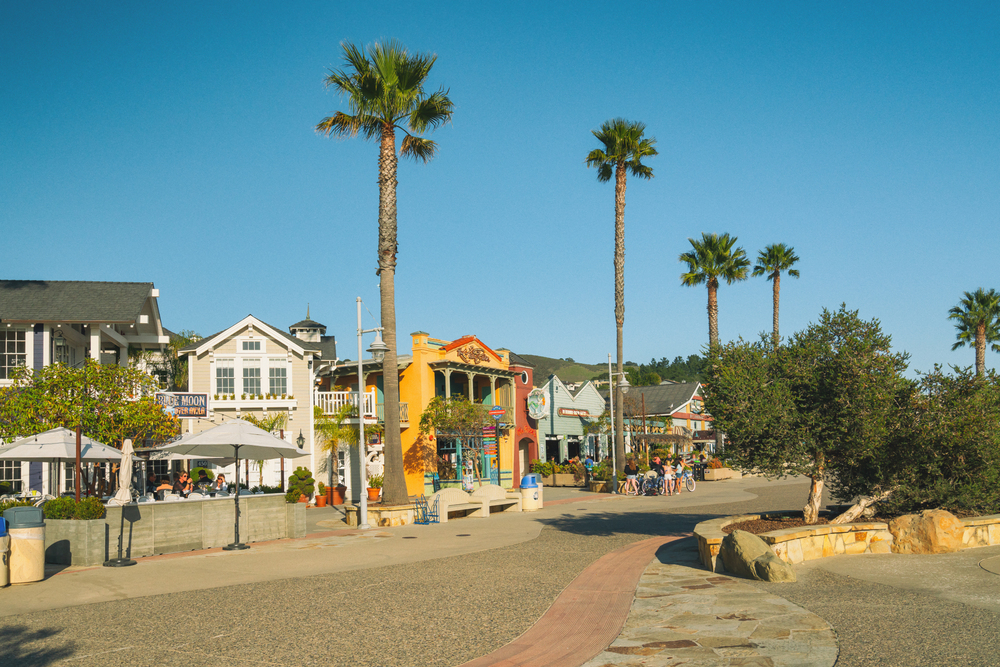
Los Angeles treats street art as part of its entertainment industry, with murals that rival movie sets in their scale and production values. The Arts District downtown and neighborhoods like Venice Beach have become essential stops for anyone interested in seeing how street art intersects with celebrity culture and commercial art.
California’s car culture means many pieces are designed to be viewed at 35 miles per hour, resulting in bold, graphic works that read clearly from a distance. The city’s year-round sunshine also means colors stay vibrant longer than in cities with harsh weather conditions.
Lisbon
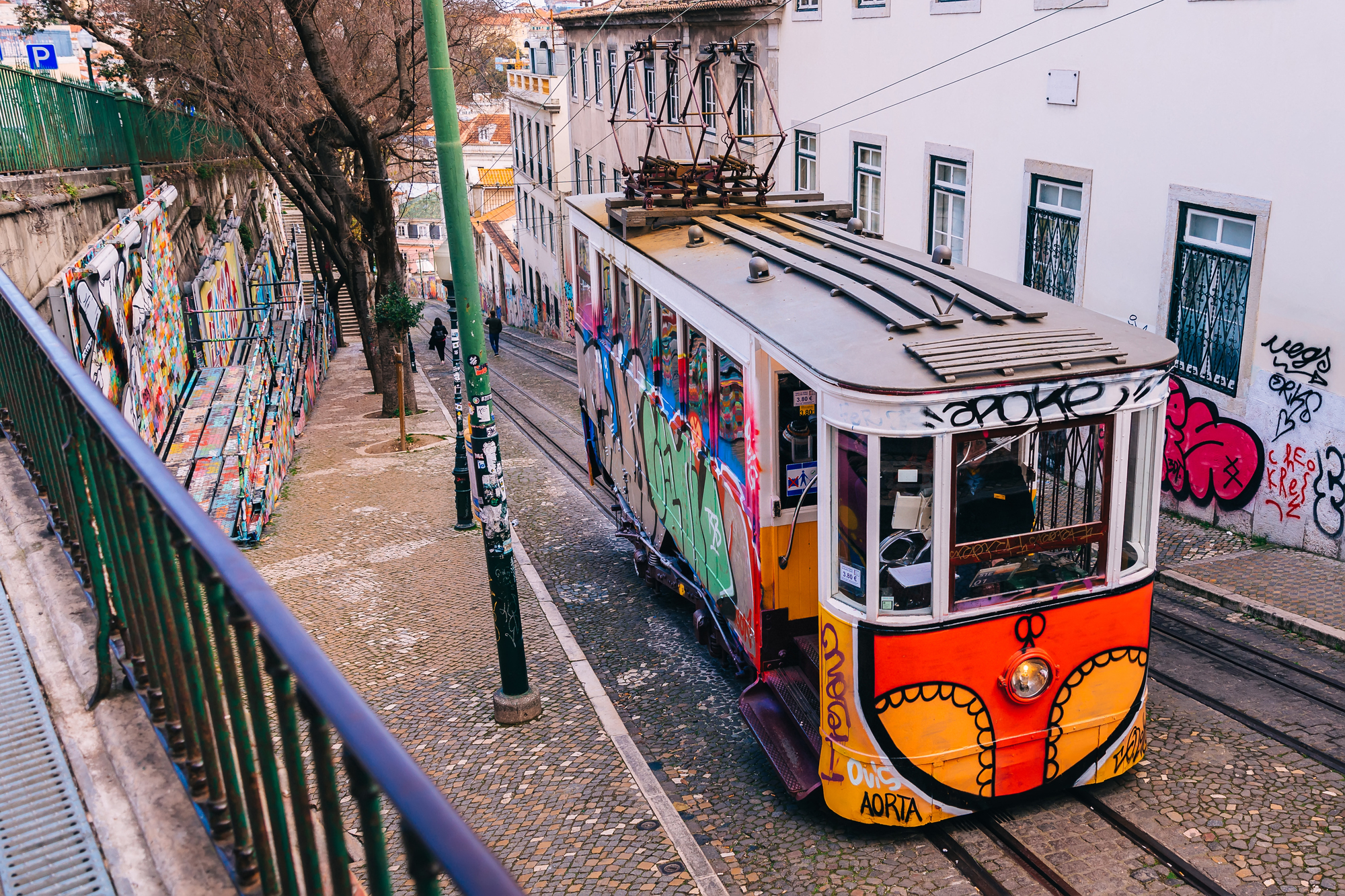
Lisbon’s street art scene reflects the city’s position as a bridge between Europe and the rest of the world. Neighborhoods like Bairro Alto feature murals that incorporate Portuguese azulejo tile patterns alongside contemporary graffiti techniques. The city’s hilly terrain creates unique canvases where artists work with gravity and perspective to create pieces that change as viewers move through the streets.
Portugal’s economic struggles have made empty buildings available for artistic transformation, turning potential eyesores into community gathering points centered around incredible art.
Like Travel Pug’s content? Follow us on MSN.
Valparaíso
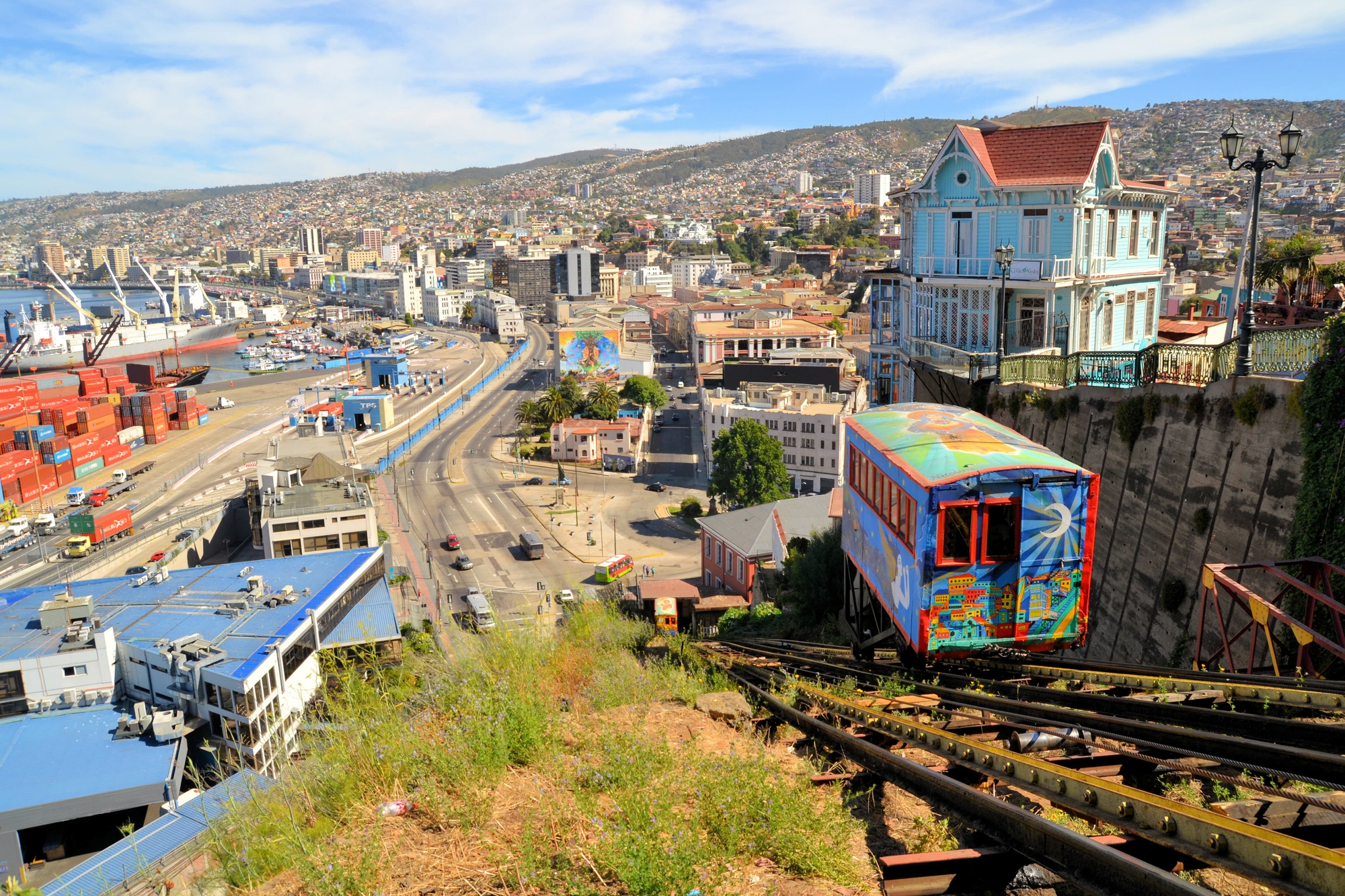
Valparaíso’s street art scene emerges organically from the Chilean port city’s dramatic topography and Bohemian culture. The city’s steep hills and winding staircases create natural galleries where murals follow the landscape’s contours.
Local artists have developed techniques that work with the city’s frequent fog and coastal weather, using materials and styles that actually improve with age and weathering. UNESCO recognizes Valparaíso as a World Heritage site partly because of how street art has become integral to the city’s cultural identity rather than an addition to it.
Miami
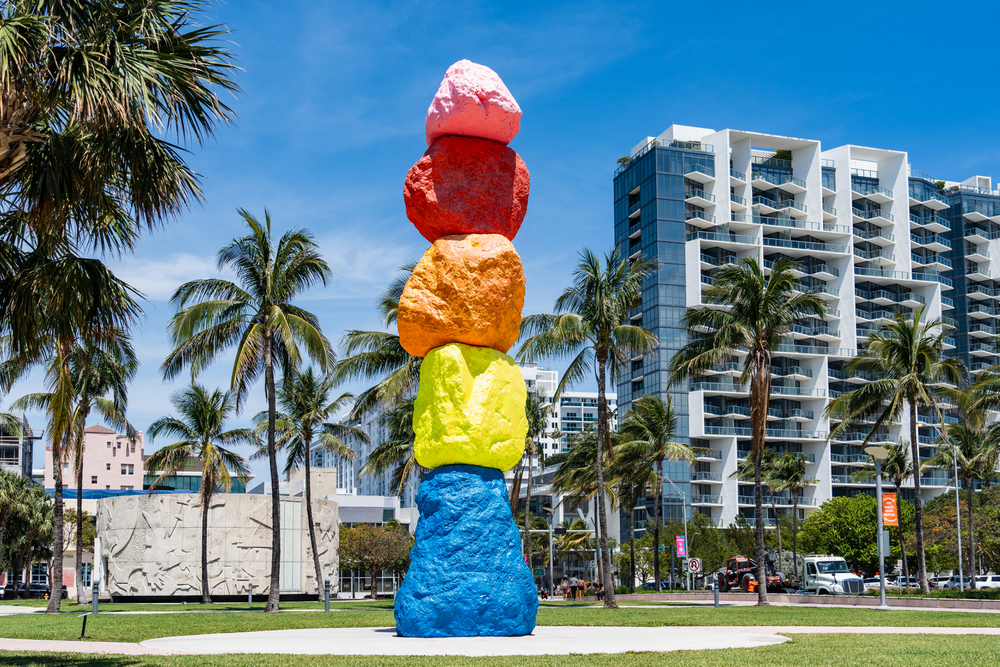
Miami’s street art scene pulses with the same tropical energy that defines the city’s nightlife and fashion scenes. The Wynwood Walls have transformed a former warehouse district into an internationally recognized arts destination where established artists create large-scale installations.
The city’s connection to Latin America means the art often reflects Caribbean and South American influences, creating a visual language that feels distinctly Miami. Art Basel and other major art events bring international attention to the scene, but the year-round creativity keeps the momentum going long after the spotlight moves on.
Mexico City
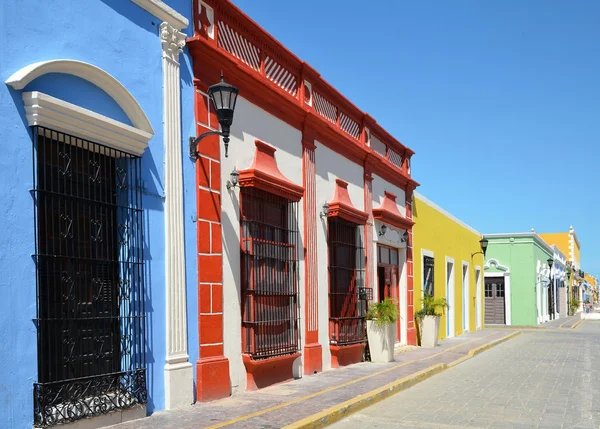
Mexico City’s street art scene draws from thousands of years of mural tradition while addressing contemporary urban realities. Neighborhoods like Roma Norte and Condesa showcase how street art can coexist with gentrification while maintaining authentic community connections.
Mexican artists often work on scales that would intimidate artists elsewhere, covering entire building facades with intricate works that require weeks or months to complete. The city’s complex relationship with its pre-Columbian past, colonial history, and modern aspirations creates rich source material that street artists translate into compelling visual narratives.
Like Travel Pug’s content? Follow us on MSN.
Bogotá

Bogotá has transformed its relationship with street art from hostility to celebration, creating one of South America’s most dynamic urban art scenes. La Candelaria and other historic neighborhoods now host murals that address Colombia’s complex history while pointing toward a more hopeful future.
The city government’s decision to decriminalize street art in designated areas has attracted international artists while supporting local talent. High altitude and intense sunlight create unique challenges that Bogotá artists have turned into distinctive stylistic elements that you won’t find anywhere else.
Cape Town
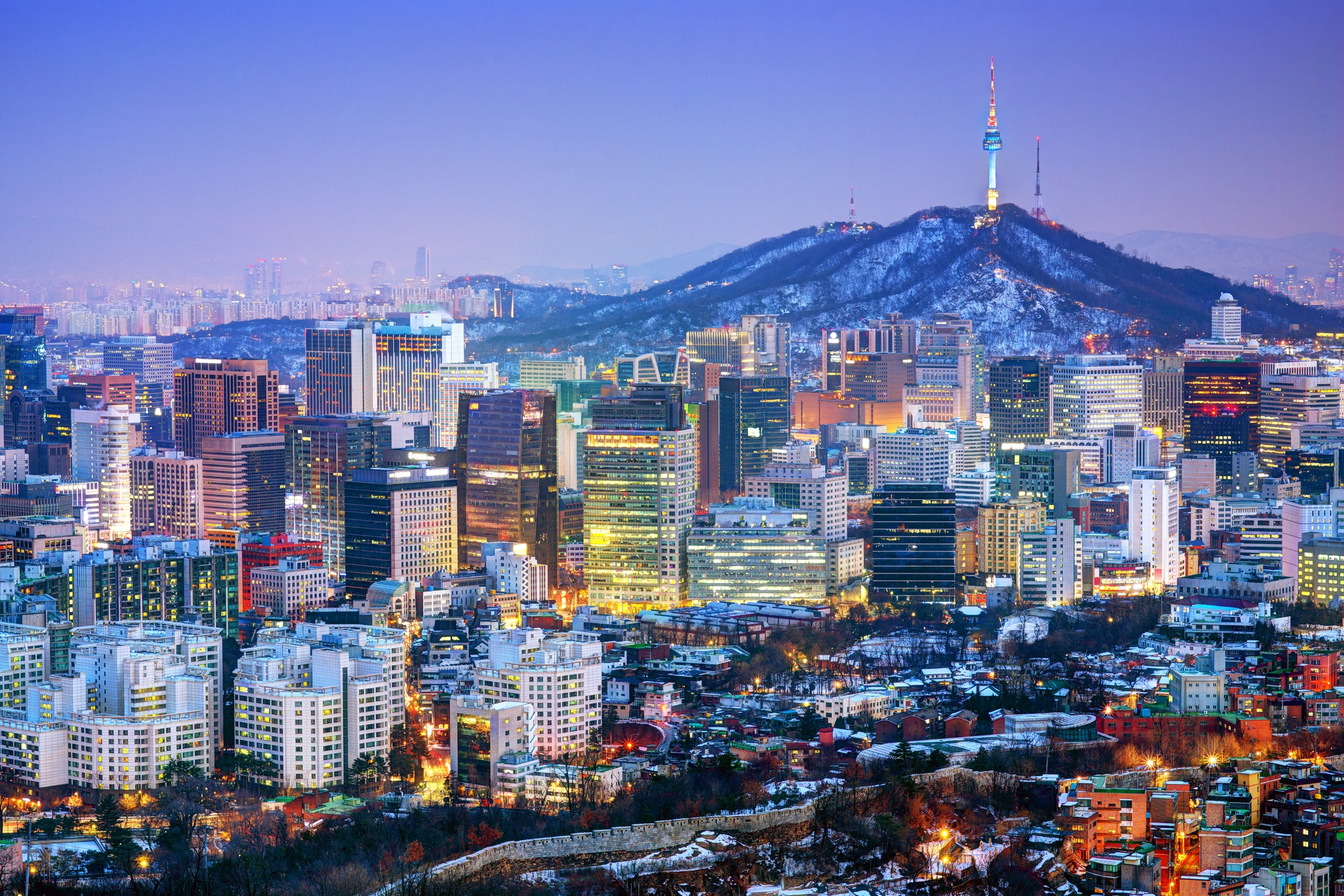
Cape Town’s street art scene reflects the city’s position at the crossroads of African, European, and Asian cultures. Woodstock and Observatory neighborhoods showcase how street art can help communities process difficult histories while building new identities.
South African artists often work with traditional African art forms and contemporary techniques, creating fusion styles that feel both ancient and cutting-edge. The city’s stunning natural setting means many pieces incorporate mountain and ocean views, creating artworks that dialogue with some of the world’s most beautiful landscapes.
Montreal
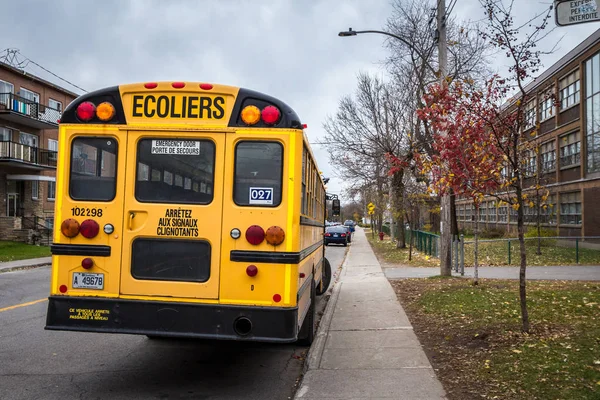
Montreal’s street art scene benefits from the city’s bilingual culture and its reputation as a creative haven within North America. The Plateau and Mile End neighborhoods host murals that reflect both French and English influences while incorporating elements from the city’s diverse immigrant communities.
Quebec’s distinct cultural identity gives Montreal street art a flavor that differs from both European and American scenes. The city’s harsh winters actually benefit the art scene by creating indoor spaces and seasonal rhythms that allow for both spontaneous and carefully planned projects.
Like Travel Pug’s content? Follow us on MSN.
Athens
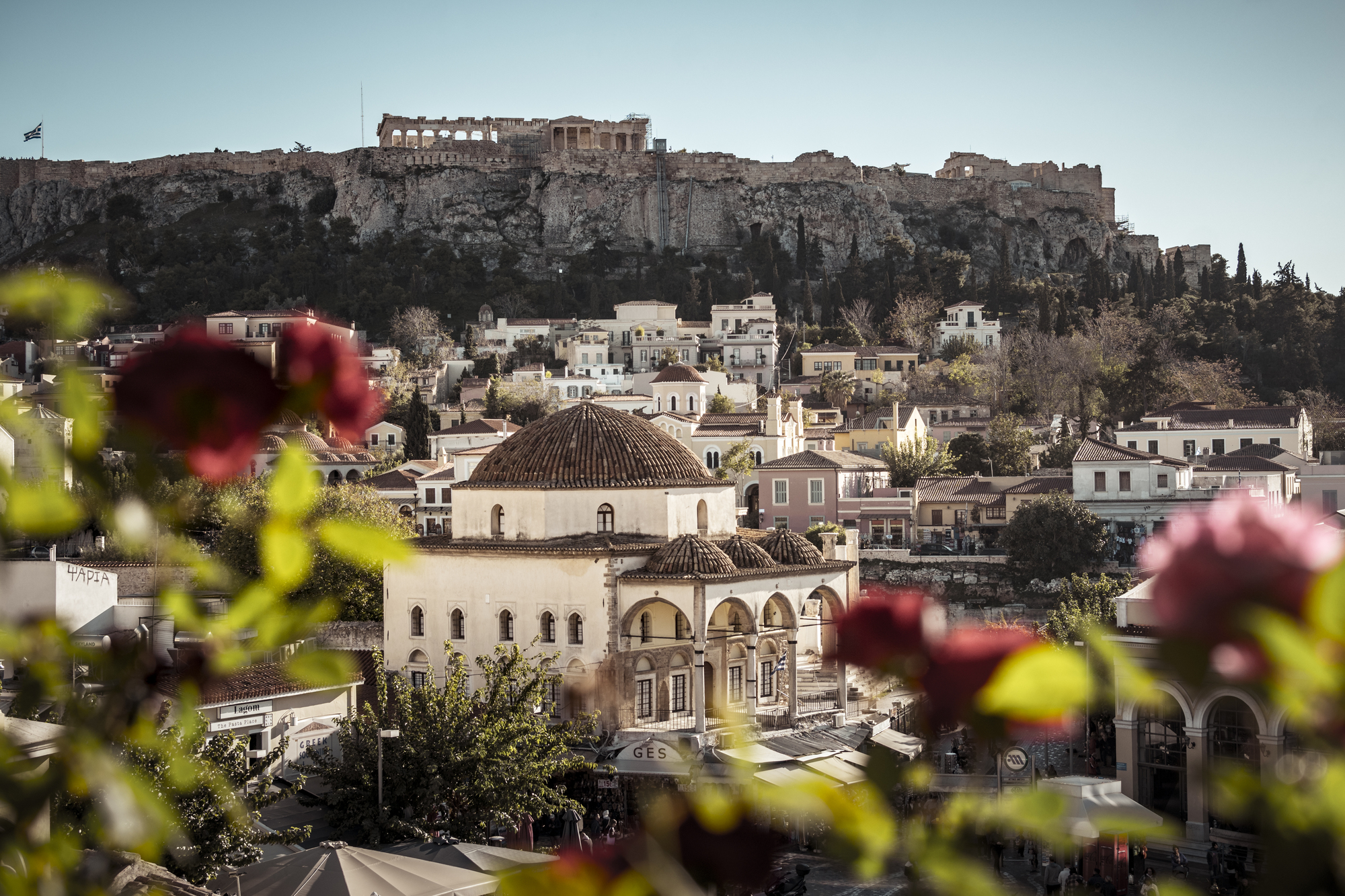
Athens combines ancient history with contemporary street art in ways that create powerful cultural conversations. Neighborhoods like Exarchia showcase how economic hardship can fuel artistic innovation, with empty buildings becoming canvases for works that address both local and global concerns.
Greek artists often incorporate classical mythology and philosophy into modern street art techniques, creating pieces that feel timeless despite using spray paint and stencils. The economic crisis has made Athens a destination for international artists seeking authentic creative communities rather than commercialized art districts.
Tel Aviv

Tel Aviv’s street art scene emerges from the intersection of Middle Eastern culture, Mediterranean lifestyle, and cutting-edge technology. Florentin and Neve Tzedek neighborhoods host murals that address regional politics while celebrating local culture and international connections.
Israeli artists often work with themes of identity and belonging that resonate far beyond national borders. The city’s compact size means you can experience the entire street art scene in a single day of walking, but the density and quality of work reward multiple visits and careful exploration.
Where Walls Become Windows
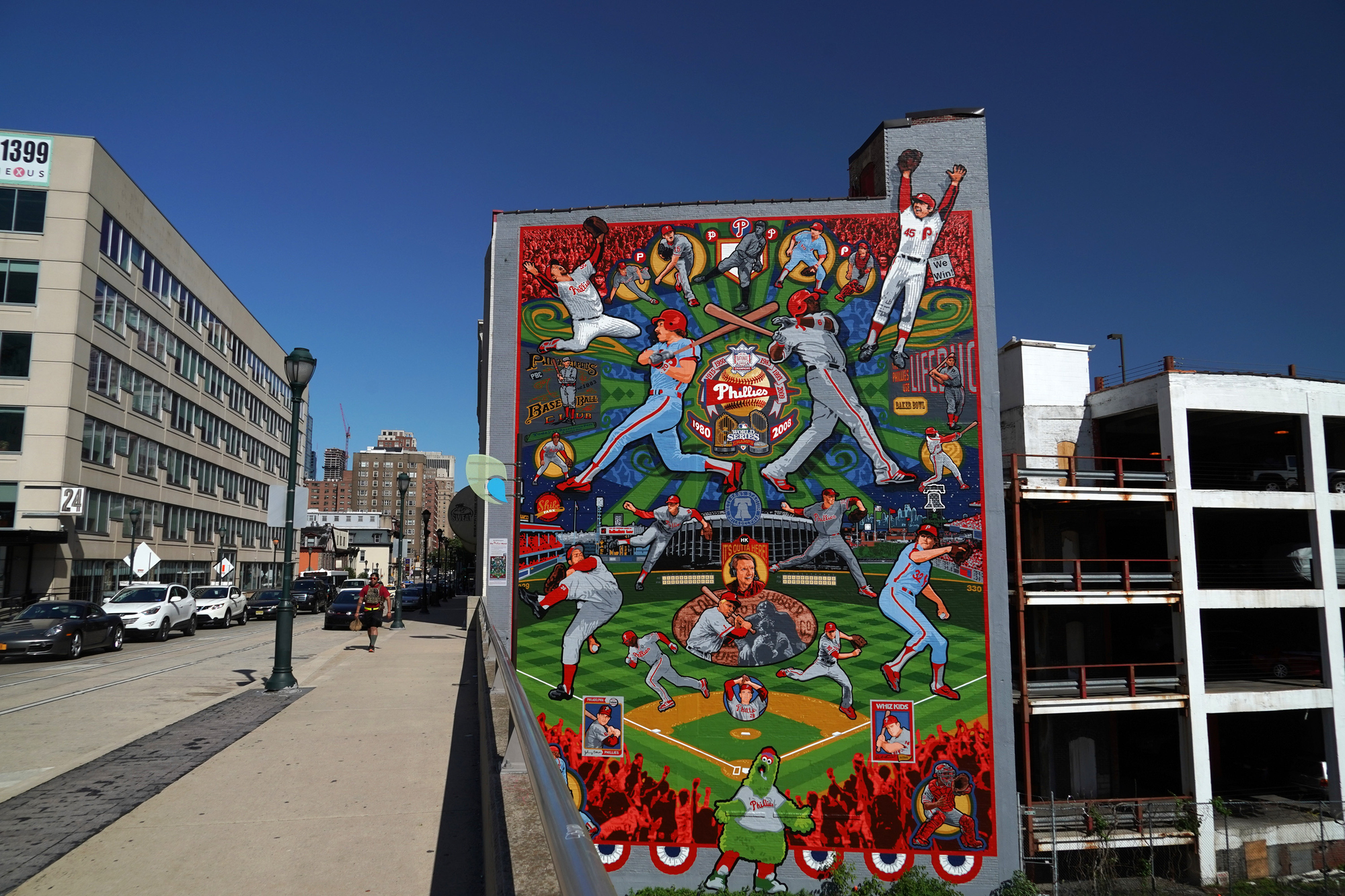
These 19 cities prove that street art has evolved far beyond simple graffiti tags to become a sophisticated form of cultural expression that rivals traditional gallery art. Each location has developed its own visual language shaped by local history, climate, politics, and community values.
The best street art scenes don’t just decorate cities — they transform how residents and visitors experience urban spaces by turning everyday walks into art gallery tours. As cities continue to grow and change, street art provides a democratic platform where anyone with talent and determination can contribute to the cultural conversation that defines modern urban life.
Like Travel Pug’s content? Follow us on MSN.
More from Travel Pug

- 20 Best Beach Towns in the Carolinas
- 13 Destinations Where Tourists Regularly Regret Their Trip
- 20 Things You Actually Get in First Class
- 20 Small Airports With Aviation Museums
- 20 Places in the U.S. That Are Perfect for a Reset Trip
Like Travel Pug’s content? Follow us on MSN.
